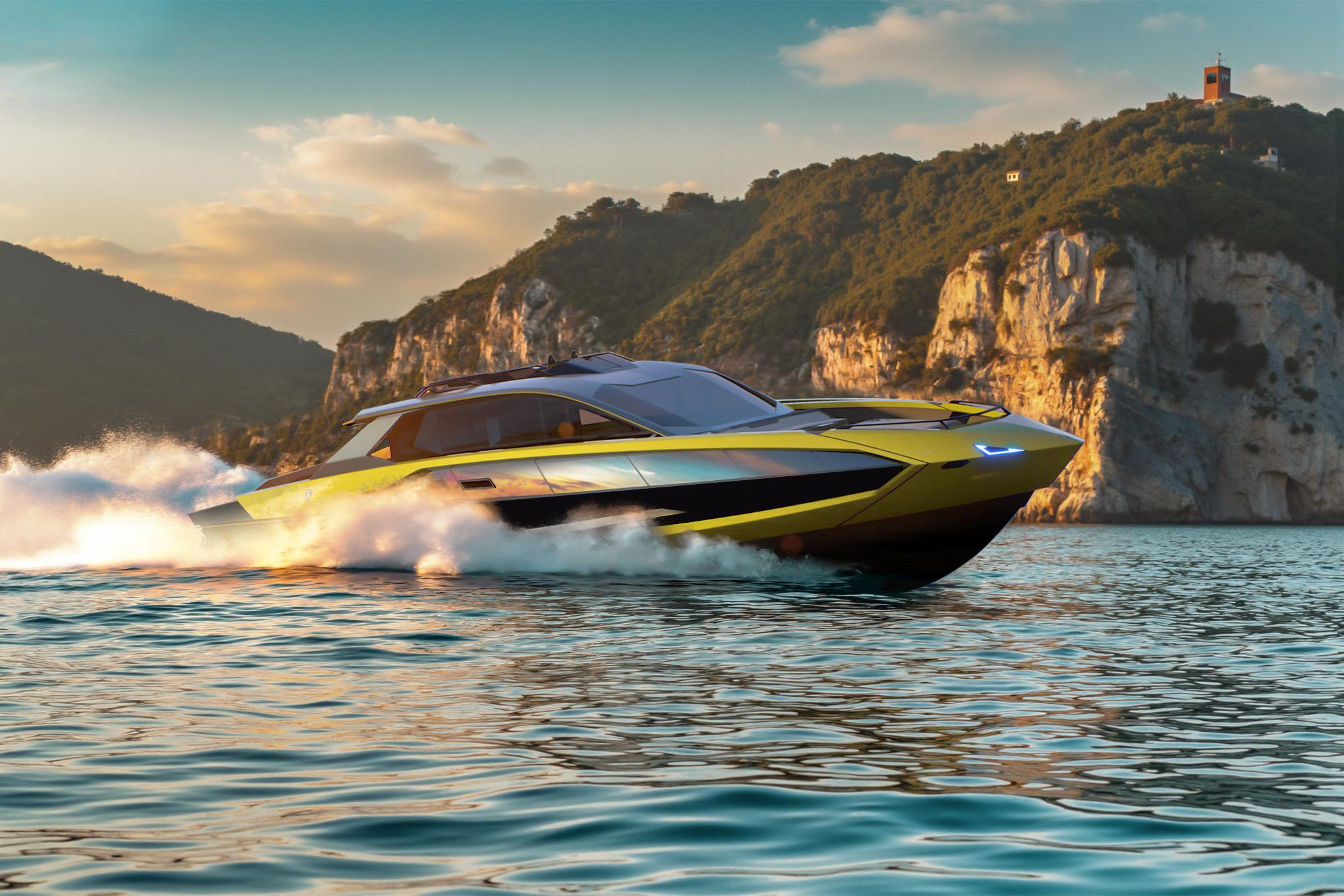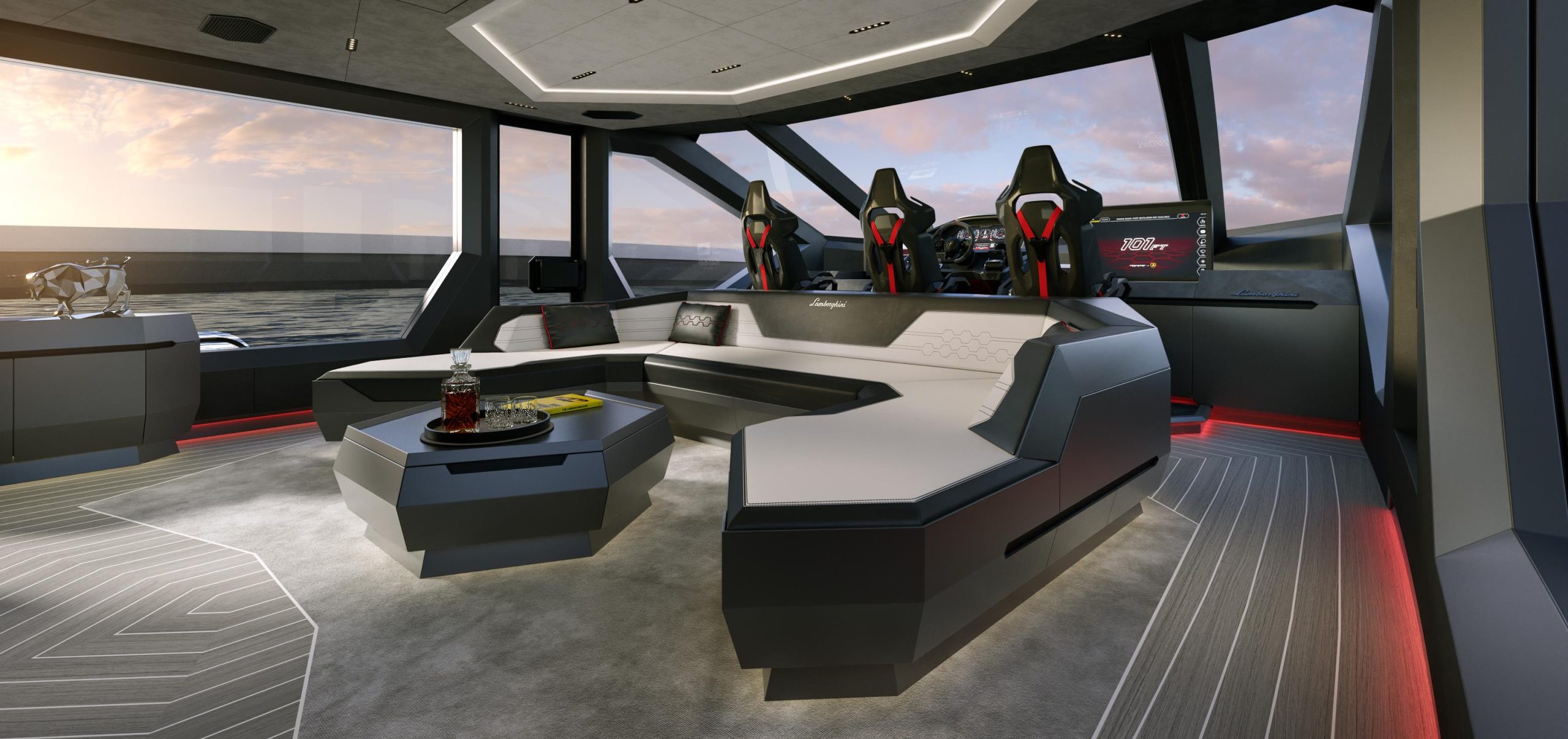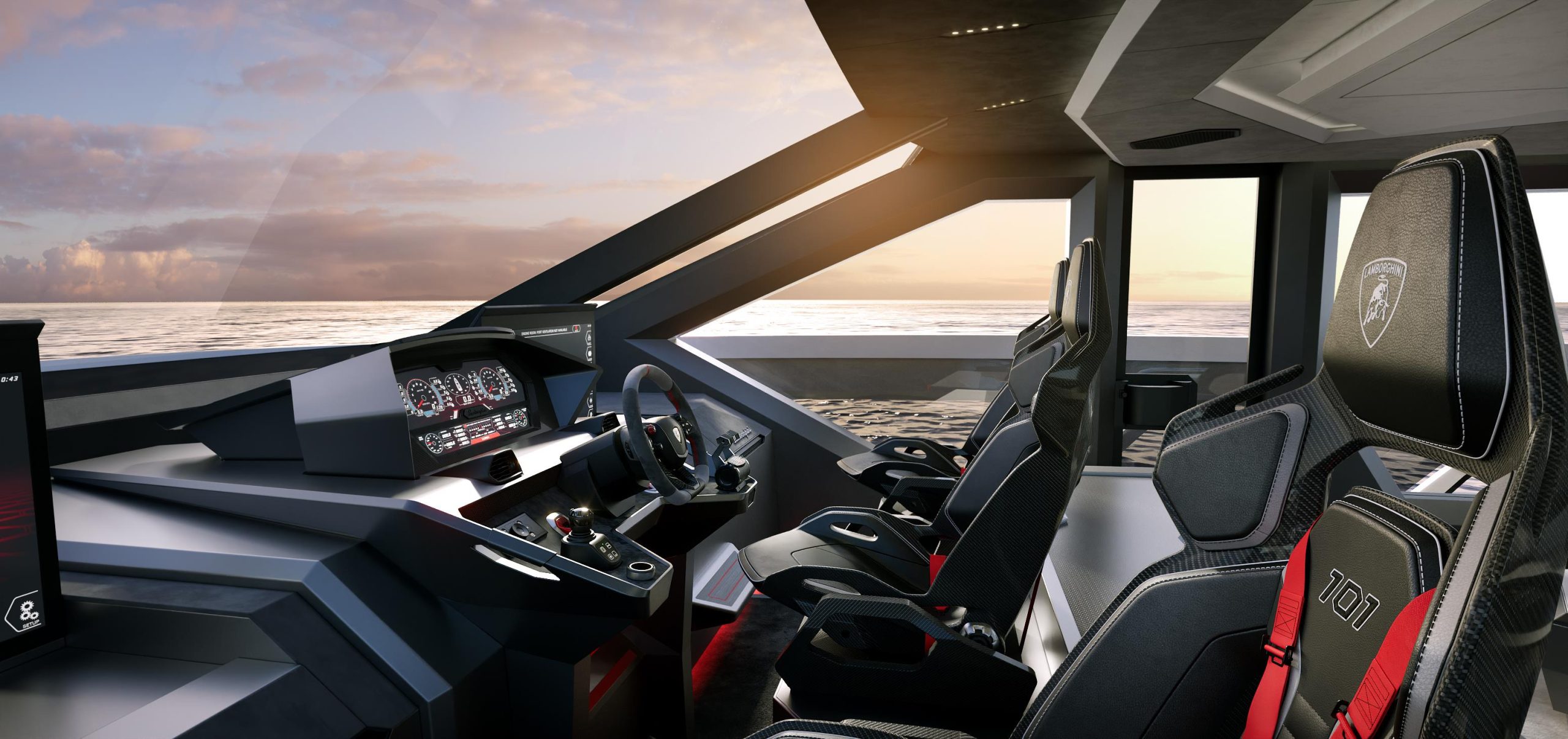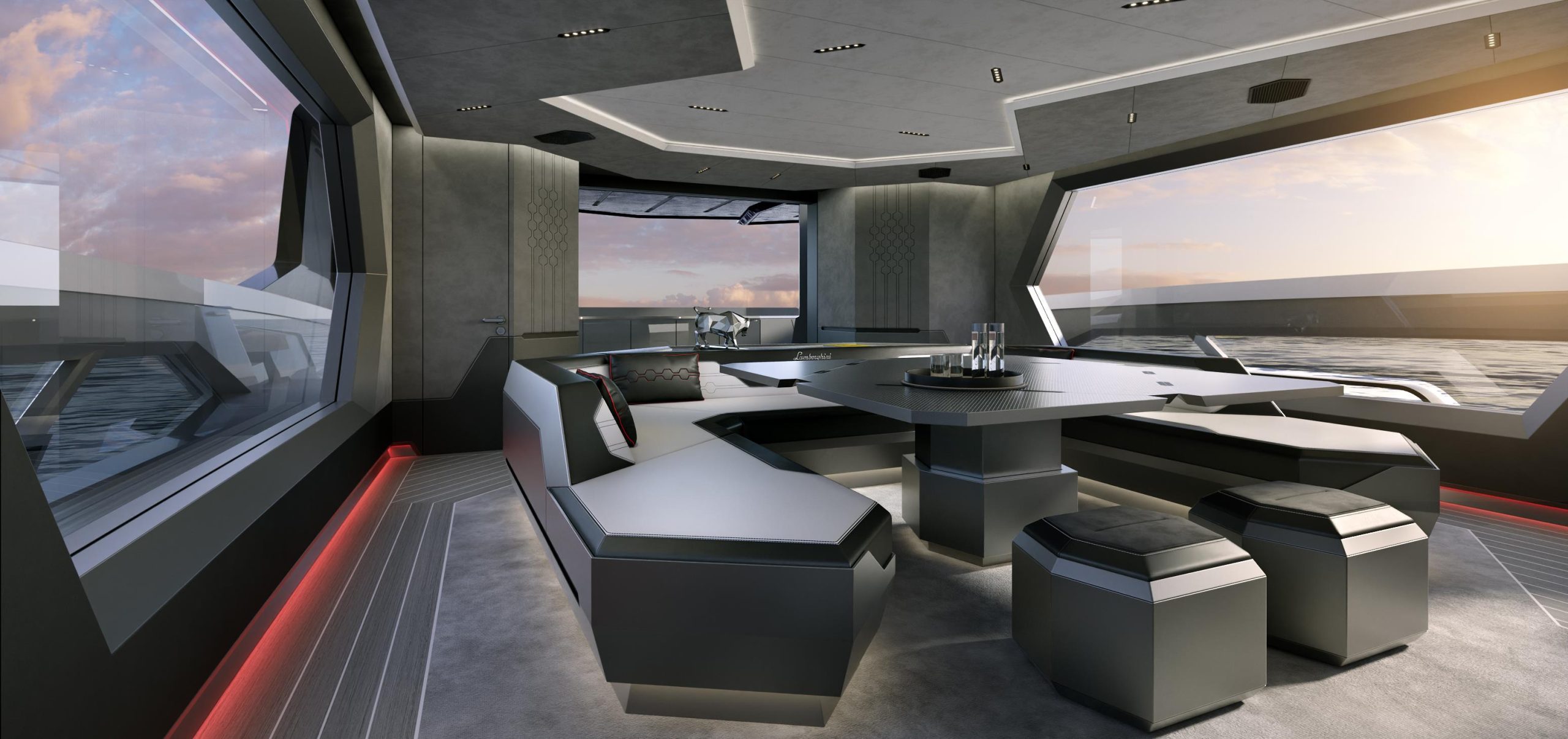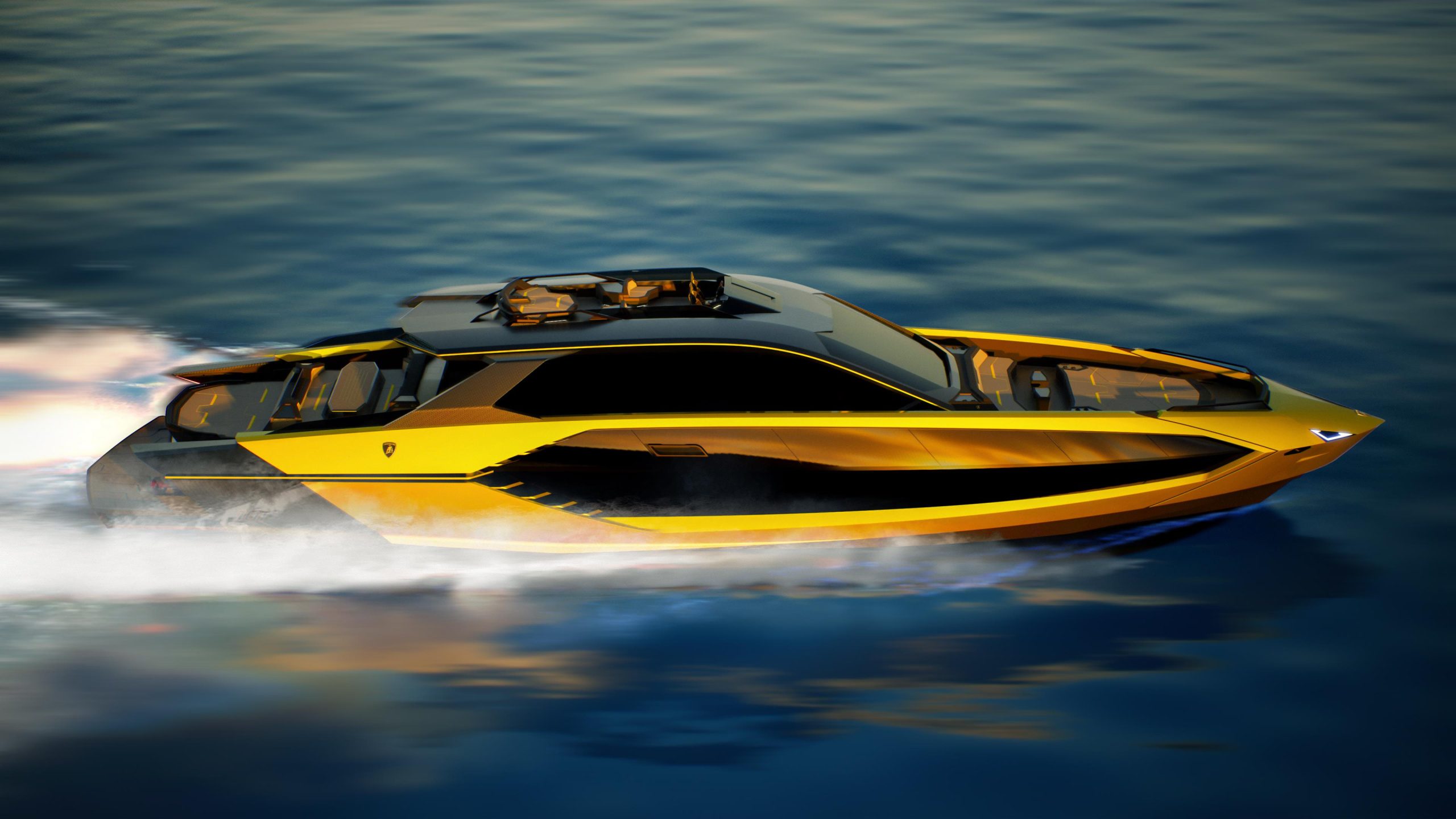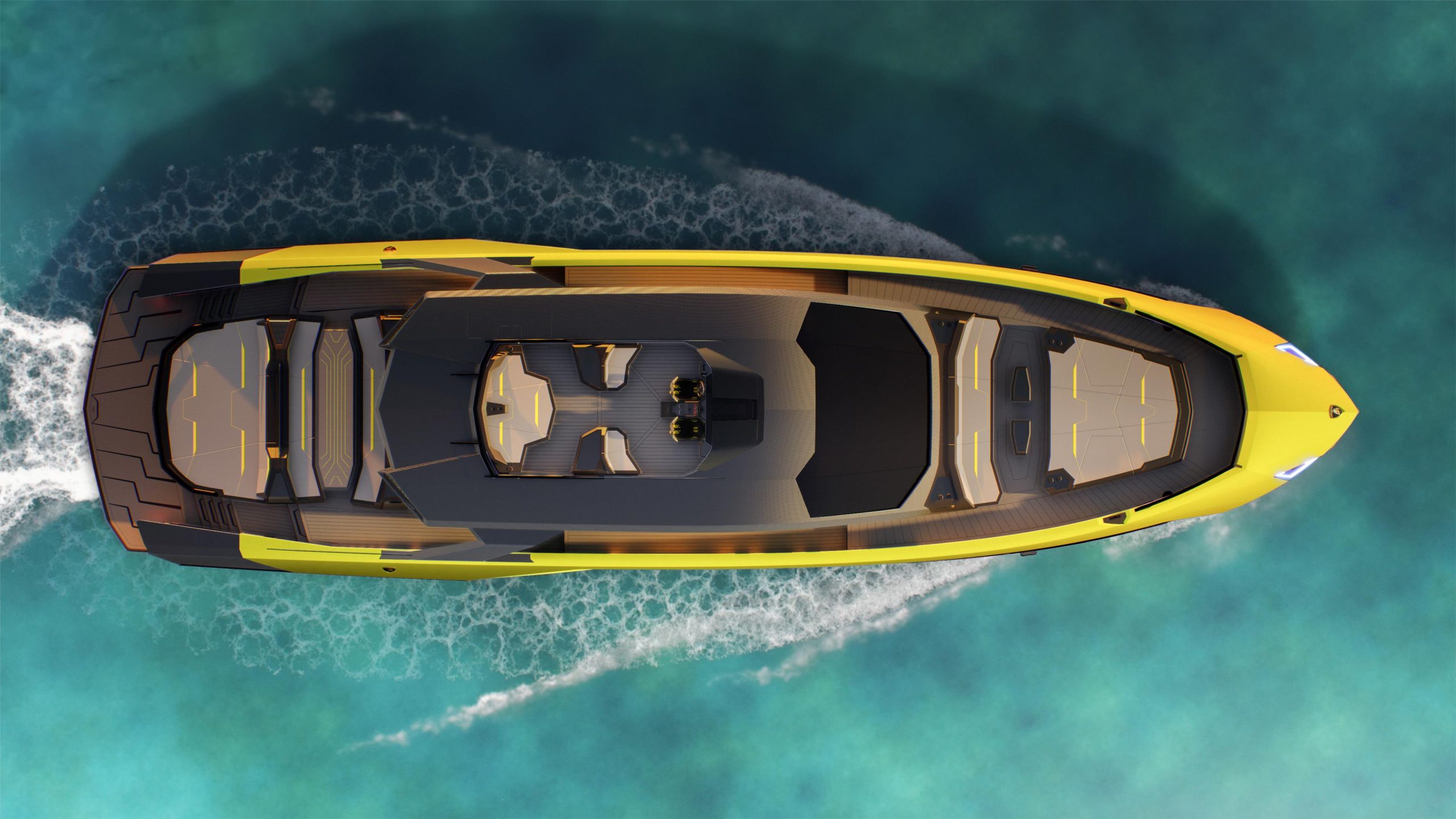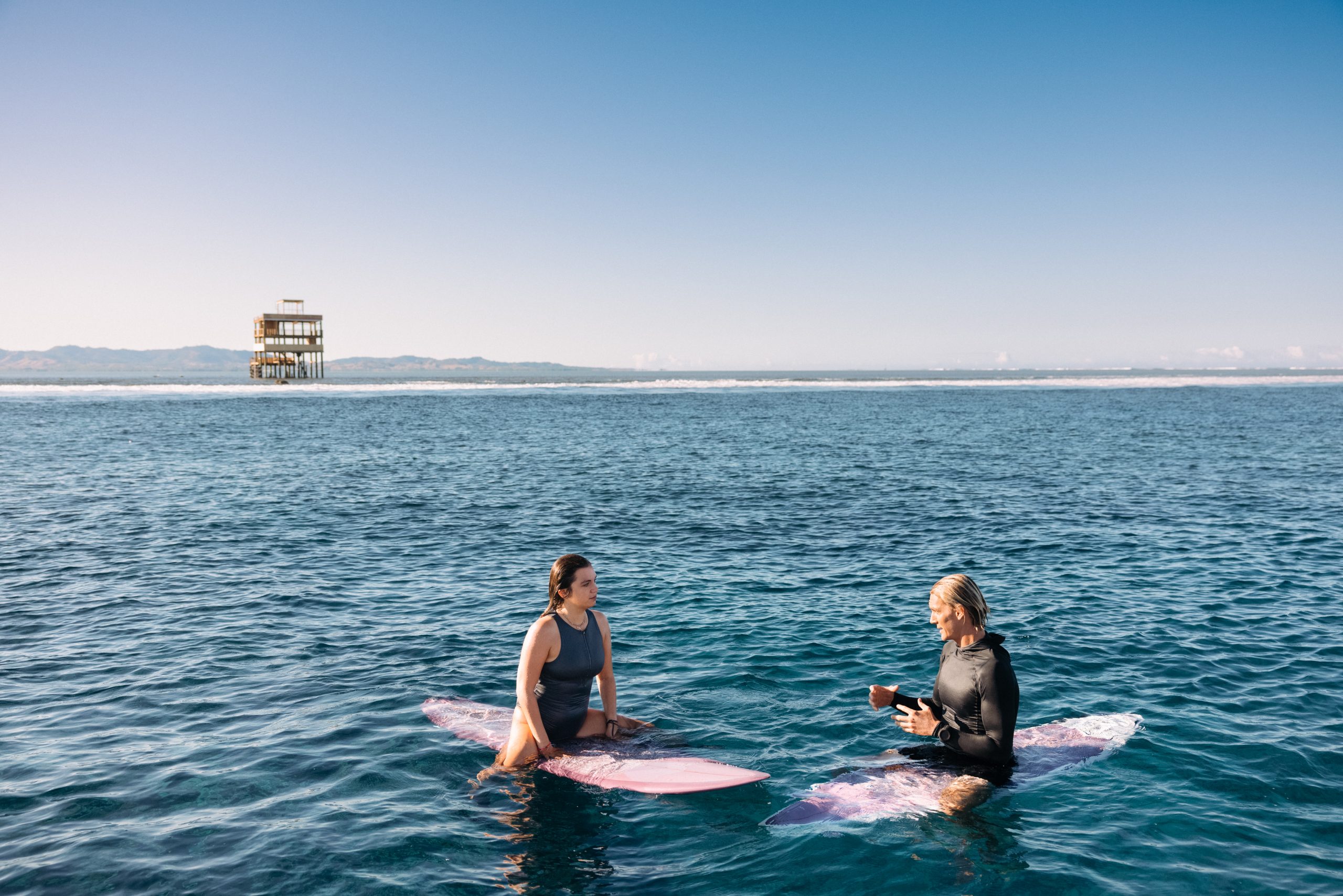‘Walking Europe’s Last Wilderness’ Review: A Carpathian Ramble
Rising along the line where eastern and western Europe divide, a forested mountain range is home to shepherds, villages and plenty of bears.
The Carpathian Mountains are a horseshoe-shaped range that arcs from central to southeastern Europe. From their western edge in Austria and the Czech Republic, the Carpathians rise clockwise through Slovakia and southern Poland, curve around the Hungarian plains and through western Ukraine, run south into Romania, then turn back westward and finally protrude into northern Serbia. There are wild patches in Europe’s other major ranges, but the Carpathians have forests where the Alps have ski resorts and brown bears where the Pyrenees have the microstate of Andorra. The Carpathians are the last wild place in a crowded continent.
The Carpathians, Nick Thorpe writes in “Walking Europe’s Last Wilderness,” are the “geographical center of Europe.” Their peaks and ridges form the watershed between the Baltic Sea to the north and the Black Sea to the southeast. As geography shapes history and history shapes peoples, the mountains are a political “fault line between East and West.” Once contained within the Austro-Hungarian Empire, the Carpathians now curve through six European Union states, one candidate state (Serbia) and Ukraine, whose future is uncertain.
The cover art of “Walking Europe’s Last Wilderness” evokes John Craxton’s designs for Patrick Leigh Fermor’s travelogues “A Time of Gifts” (1977) and “Between the Woods and the Water” (1986). Though Mr. Thorpe describes the enduring exoticism of hospitable huts, historical grudges, handmade goat cheese and homebrewed pálinka fruit spirits, this is not a romanticizing epic from a lost era. Mr. Thorpe is a hiker and camper, and always ready to go barefoot in the meadows, but he lives in Budapest, one of the cities of the plains that surround the Carpathians. A BBC reporter, he launched a series of episodic explorations between 2018 and 2024. He has compiled a richly textured report on an ancient terrain that is being remade into a new political and economic landscape.
The nation-states of the region were created in the 19th and early 20th centuries by “unraveling the complex web of religious, cultural and linguistic threads that characterized Europe.” The nation-builders suppressed “local dialects, vernaculars and identities” and then the Soviets suppressed the nations. The mountains still hide the remnants of the peoples who neither attained statehood nor succumbed: Liptos, Lemkos, Boykos, Hutsuls, Bukovinians, Szeklers, Ruthenians. The revival of the nation-states and their economies after the Cold War threatens to erase the last traces of local identity.
Samo Hríbik, a shepherd in Slovakia, finds his flock by starlight without the help of a dog and fashions traditional fujara flutes, whose “long, shuddering notes,” Mr. Thorpe writes, suggest “the wind buffeting a thatched roof.” In western Ukraine, the 86-year-old Vasyl Kischuk puts on his traditional white smock and brown hat and demonstrates the trembita , the traditional Hutsul wooden trumpet, and a “deep, mournful sound fills the meadow.”
As memories and traditional crafts are fading, incomers are reviving them. Mr. Thorpe meets brewers, cheesemakers, environmentalists and animal lovers mapping migration corridors for brown bears amid the refugee crisis caused by the Ukraine war. Oreste Del Sol, a Paris-born anarchist who shows Mr. Thorpe around his farm and the local slow-food cheese factory in the Ukrainian village of Nyzhnje Selyshche, tells him that being a shepherd in Ukraine is “illegal, or a-legal.” The production and sale of cheese is unregulated. The cheese, Mr. Thorpe finds, is “magnificent.”
For Slovaks, it is the mountains that matter; their national coat of arms carries three stylized ranges. Hungarians, however, speak of the “Carpathian basin” as their homeland and its ring of mountains as a lost shield against invaders. Romanians, whose country is bisected north-south by the Carpathians’ eastern flank, trace their origins to the Dacians, one of whose ancient tribes, the Carpi, gives the name of the mountains. For all their governments, forestry is big business. There are still “primeval forests” in the Carpathians, untouched by humans. There are many “old-growth” forests that were too remote or located on terrain too steep to be exploited in the past. There are also “buffer zones” such as national parks. But the forestry companies now have modern cutting technology and transport, and satellite imagery.
The bouncy IKEA Pöang chair in Mr. Thorpe’s Budapest home is made from beechwood. Romania has two-thirds of Europe’s old-growth forests and IKEA is “the largest private forest owner in Romania.” On paper, IKEA is a “champion of sustainable forestry.” Environmentalists claim, however, that some of its beechwood is “illegally logged—or, at best, over-logged.” IKEA insists it practices “responsible forest management.” Mr. Thorpe goes to a hilltop near Romania’s border with Ukraine. Google Maps shows it “thickly forested.” Mr. Thorpe finds only stumps and scattered branches.
Romsilva, the state forestry company, manages about two-thirds of Romania’s forests. It is charged with both protecting national parks and exploiting a national asset. According to the Romanian Forestry Inventory, 18 million cubic meters (about 635 million cubic feet) of timber were legally felled annually between 2014 and 2017, but “a further 18 million cubic meters were cut illegally each year.” Between 2010 and 2020, 600 members of the Forestry Guard were assaulted after intervening to stop illegal logging. Six were killed.
When Mr. Thorpe leaves the Slovakian capital of Bratislava, he notices that a “gulf of sheer incomprehension has opened up between the village and the city.” The gulf never narrows. “The mountain people, those born and bred here, don’t do much walking in the mountains,” says Sergiu Frusinoiu, a Romanian working with a mountain rescue group. Romania’s “bear problem” is worsening as humans expand into the mountainous territory of its large carnivores: bears, wolves, lynx and jackals. New roads cut across bear migration routes. New towns increase human-carnivore contact. The bears are learning to see humans as a source of food. The Romanian government will allow “the hunting of nearly 500 bears by the end of 2025.” Foreigners, Germans especially, will pay up to 20,000 euros to kill a big male. But no one can agree how many bears there are in Romania, or whether there are really “too many.”
The mayor of Băile Tușnad has educated his townspeople, spent €10,000 on bear-proof trash cans, and cut down the fruiting apple and plum trees in his town. The bears no longer come into Băile Tușnad but, he says, neither do other Romanian mayors in search of advice. Many politicians and businessmen are deep in corrupt forestry deals. The U.S. and EU’s plans for postwar Ukraine include building a “circular road through the Carpathians” to open the mountains for further development. The oligarchs will build ski resorts “where the playboys and playgirls of the new Ukraine will glide effortlessly at high speed, while their brothers, or uncles, sit bitterly at home in wheelchairs.” Old-growth forests make new money, and slow food comes second to a quick buck.
 Copyright 2020, Dow Jones & Company, Inc. All Rights Reserved Worldwide. LEARN MORE
Copyright 2020, Dow Jones & Company, Inc. All Rights Reserved Worldwide. LEARN MORE
A divide has opened in the tech job market between those with artificial-intelligence skills and everyone else.
A 30-metre masterpiece unveiled in Monaco brings Lamborghini’s supercar drama to the high seas, powered by 7,600 horsepower and unmistakable Italian design.
A 30-metre masterpiece unveiled in Monaco brings Lamborghini’s supercar drama to the high seas, powered by 7,600 horsepower and unmistakable Italian design.
When Lamborghini takes to the water, subtlety isn’t on the agenda. Unveiled at the Monaco Yacht Show, the Tecnomar for Lamborghini 101FT is a 30-metre superyacht that fuses Italian automotive theatre with cutting-edge naval engineering.
The model builds on the collaboration that began in 2020 with the Tecnomar for Lamborghini 63, a sell-out success that celebrated the marque’s founding year.
This new flagship pushes the partnership between Automobili Lamborghini and The Italian Sea Group to a grander scale, designed to deliver the same adrenaline rush at sea that drivers expect behind the wheel.
“The Tecnomar for Lamborghini 101FT redefines the concept of nautical luxury,” said Stephan Winkelmann, Chairman and CEO of Automobili Lamborghini.
“It is not only a yacht, but an affirmation of Italian excellence. The Italian Sea Group and Automobili Lamborghini share an exclusive clientele who are passionate about beauty, technology, and extreme performance.”
Design cues are unmistakably Lamborghini. The yacht’s sharp exterior lines echo the Fenomeno supercar revealed at Monterey Car Week, complete with Giallo Crius launch livery and signature Y-shaped lighting.
Inside, the cockpit and lounges mirror the DNA of Sant’Agata supercars through hexagonal motifs, sculptural seating and dramatic contrasts. With accommodation for up to nine guests and three crew cabins, indulgence meets practicality on every deck.
Performance is equally uncompromising. Three MTU 16V 2000 M96L engines and triple surface propellers generate a combined 7,600 horsepower, driving the yacht to 45 knots at full throttle, with a cruising speed of 35 knots. Two 35 kW generators provide additional efficiency and reliability, ensuring the yacht’s power matches its presence.
Mitja Borkert, Lamborghini’s Design Director, said: “With the Tecnomar for Lamborghini 101FT, we aimed to create a product that embodies the main design characteristics of our super sports cars. All the details, from the exterior to the colour, to the interior areas, recall and are inspired by Lamborghini’s DNA.”
Presented in scale at Monaco, the definitive Tecnomar for Lamborghini 101FT is scheduled to hit the water at the end of 2027. For those who demand their indulgence measured not only in metres but in knots, this is Lamborghini’s most extravagant expression yet.
Micro-needling promises glow and firmness, but timing can make all the difference.
From Italy’s $93,000-a-night villas to a $20,000 Bowral château, a new global ranking showcases the priciest Airbnbs available in 2026.


















